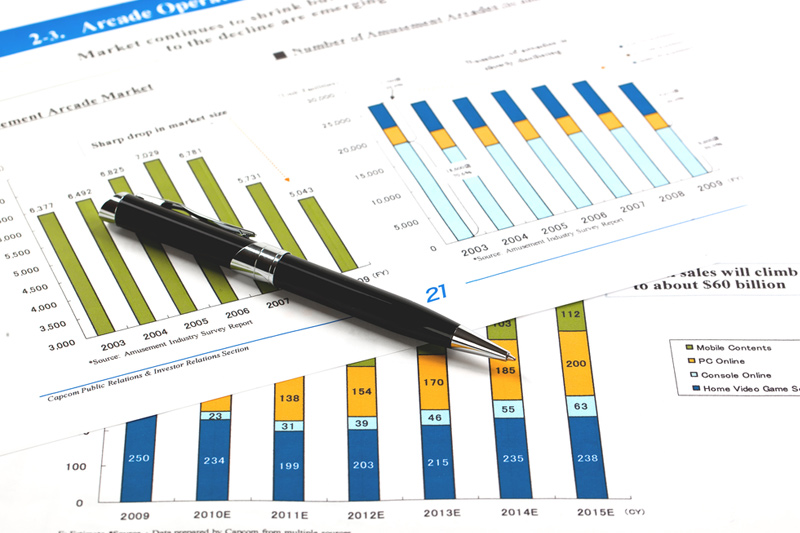By Jamie McGeever
(Reuters) – A look at the day ahead in Asian markets.
A sudden burst of political chaos in South Korea has put investors in Asia on the defensive, pointing to a cautious market open across the continent on Wednesday despite Wall Street’s resilience the previous day.
South Korea’s President Yoon Suk Yeol declared martial law on Tuesday to thwart “anti-state forces” among his opponents, creating the most serious challenge to the country’s democracy since the 1980s, only to lift it hours later after lawmakers rejected the move and protesters gathered outside parliament.
The initial declaration had an immediate impact on the won, slamming it to a 2-year low against the dollar. At one point, it was down 2% and set for its biggest one-day loss since Nov. 9, 2016, the day after the 2016 U.S. election that swept Donald Trump to power and started the clock ticking on a looming trade war with China.
This cemented the won’s unwanted status as the worst-performing major Asian currency against the dollar this year, bringing its year-to-date losses to nearly 10%. The benchmark Kospi is also one of the worst-performing equity indexes in Asia this year, down nearly 6% year-to-date at Tuesday’s close.
Yoon’s about face, however, appears to have restored a sense of calm. The won is still weaker but reclaimed more than half its losses from earlier on Tuesday. Kospi futures traded on the Eurex exchange are pointing to a fall at the stock market open in Seoul of only around 0.3%.
Elsewhere in Asia, India’s rupee is at a record low, while is at a 13-month low and seemingly poised for a break below 7.30 per dollar, as traders speculate Beijing is allowing it to slide as trade tensions with Washington heat up.
China on Tuesday announced a ban on exports of ‘dual-use items’ related to key minerals gallium, germanium, antimony and superhard materials to the United States. This came 24 hours after the U.S. launched a third crackdown in three years on China’s semiconductor industry, curbing exports to 140 firms.
If volatility in key assets across Asia is spiking, U.S. market volatility right now is pretty subdued. The ‘fear index’ on Tuesday hit its lowest since July, and the MOVE index of implied volatility in U.S. Treasuries has tumbled since the U.S. presidential election to a two-month low.
The Asian calendar on Wednesday sees the release of Australian GDP, Thai inflation, and a raft of purchasing managers index reports for November, including China’s Caixin services PMI.
Australia’s economy is expected to have expanded at a 0.4% pace in the July-September period, twice the rate of the previous quarter, and at a 1.1% year-on-year pace, a marginal uptick from the 1.0% annual growth registered in Q2.
Here are key developments that could provide more direction to markets on Wednesday:
– Reaction to South Korea political instability
– Australia GDP (Q3)
– PMIs, including China’s ‘unofficial’ services (November)
Content Source: www.investing.com

